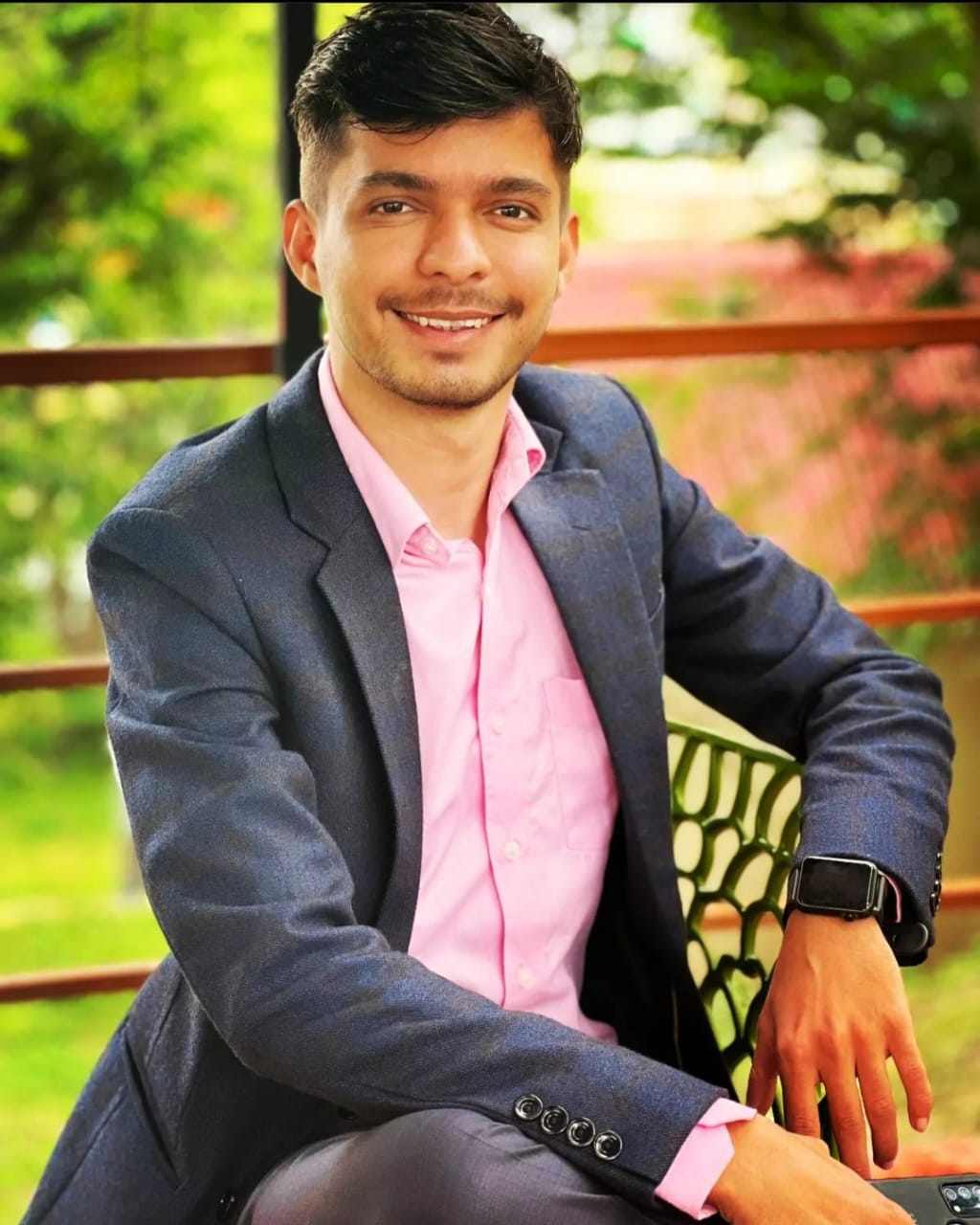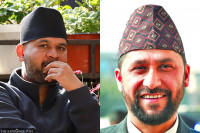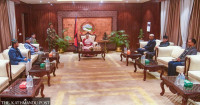Politics
The race for national party status
Results of the local elections put CPN (Unified Socialist) and Loktantrik Samajbadi Party, with 3.66 percent and 2.12 percent popular votes respectively, on the brink.
Nishan Khatiwada
Several political parties in Nepal are working to retain their national party status while others are struggling to gain the status after next month’s elections.
The parties that failed to become national parties in the 2017 general elections despite winning at least one first-past-the-post (FPTP) seat are working to lure more voters to secure three percent proportional representation (PR) votes that is mandatory to become a national party.
Similarly, some major parties that fared poorly in May’s local polls with their shares of national votes declining to less than three percent also have a challenge to retain their national party status.
Six political parties—the Nepali Congress, the CPN-UML, the CPN (Maoist Centre), the CPN (Unified Socialist), the Janata Samajbadi Party and the Loktantrik Samajbadi Party—held the national party status in the last House of Representatives representatives elected in 2017. Candidates elected from parties that fail to gain the ‘national’ status are treated as independents in the House.
Some of them were later added to the list.
The Janata Samajbadi Party—which was formed after a merger between the Sanghiya Samajbadi Forum led by Upendra Yadav and the Rastriya Janata Party led by Mahantha Thakur—in August 2021 split into Janata Samajbadi Party Nepal and Loktantrik Samajbadi Party.
On the other hand, some disgruntled leaders quit the CPN-UML to form the CPN (Unified Socialist) under the leadership of Madhav Kumar Nepal in August last year.
Following the formation of these new political parties, the Sher Bahadur Deuba government brought an ordinance which stated that if any existing national party split, the new parties thus formed will automatically be national parties even without meeting the three percent vote threshold.
The ordinance paved an easy path for the Unified Socialist, the Loktantrik Samajbadi Party, and the Janata Samajbadi Party to secure the national party status.
Now, getting the status again could be a challenge for some of these parties, going by their popular votes in the last local polls.
If May’s local polls results are any guide, the Unified Socialist has 3.66 percent popular votes, only slightly more than the mandatory threshold. As the party has strong prospects of securing at least one first-past-the-post seat, to maintain the national party status, it cannot afford to lose its national voters.
Likewise, the Loktantrik Samajbadi Party only has 2.12 percent popular votes, which is below the threshold. The party may easily win an FPTP seat, but as its influence is on the wane even in its own base, it needs to work hard to collect enough votes to secure the status.
The party’s leaders are confident, though. Keshav Jha said they fielded candidates in only 25 to 30 districts in the local polls, which is why the party’s popular votes shrank, but the number of votes would increase in November. Stating that the voting pattern differs in major elections, he said, “as our party will get proportional representation votes from across the country, we are certain to retain the national party status.”
Another Madhesh-based party, the Janata Samajbadi, on the other hand, seems to be in a more comfortable position as it gathered 5 percent popular votes in the May polls.
Around eight months prior to the 2017 elections, the Parliament passed a bill with one FPTP seat and three percent votes in the proportional representation category as criteria for the political parties to secure the national party status.
According to the bill, representatives of the parties that win FPTP seat(s) but fail to garner three percent popular votes are treated as “independent lawmakers” in Parliament.
Fringe parties objected to the bill arguing that such a provision would deprive them of representation and accused the big parties of forming a syndicate.
Though the Rastriya Janamorcha won one FPTP seat of the lower house in the 2017 elections, it did not get the national party status after failing to meet the three percent vote threshold.
Challenges remain, party leaders say.
Durga Paudel, party vice-chair, agrees that since securing the national party status will be a challenge, they are working hard to increase their votes. “Our candidates under the proportional representation system are experienced and with a good public image,” she told the Post. “As they represent people from all walks of life, we are hopeful.”
The Rastriya Prajatantra Party has 3.16 percent popular votes as per the last local elections. This gives the RPP hope to be a national party after the upcoming elections.
In parliamentary elections after the 1990s, the parties needed at least 3 percent of the total votes cast to get the national political party status.
The electoral threshold was later removed during the first Constituent Assembly elections in 2008 to ensure more participation of political parties in the constitution writing process.
A new party in the scene is the Rastriya Swatantra Party. Television star Rabi Lamichhane, the party chairman who has a huge fan following across the country, is in the fray from Chitwan-2. The party has fielded professionals in many constituencies and is seen as another prospective national party.
The party’s leaders are also confident. As many as 23 candidates are popular in their constituencies and have high odds of winning, said Ganesh Karki, a central committee member of the party.
According to Karki, the party, with many youths and working professionals as candidates in its ranks, hopes to garner swing votes as “the public is frustrated by the traditional parties’ non-performance,” he said.
The Nepali Congress, the Maoist Centre and the Unified Socialist with 34.28, 33.03 and 13.03 percent popular votes, respectively, are in comfortable positions.




 19.12°C Kathmandu
19.12°C Kathmandu


.jpg&w=200&height=120)












